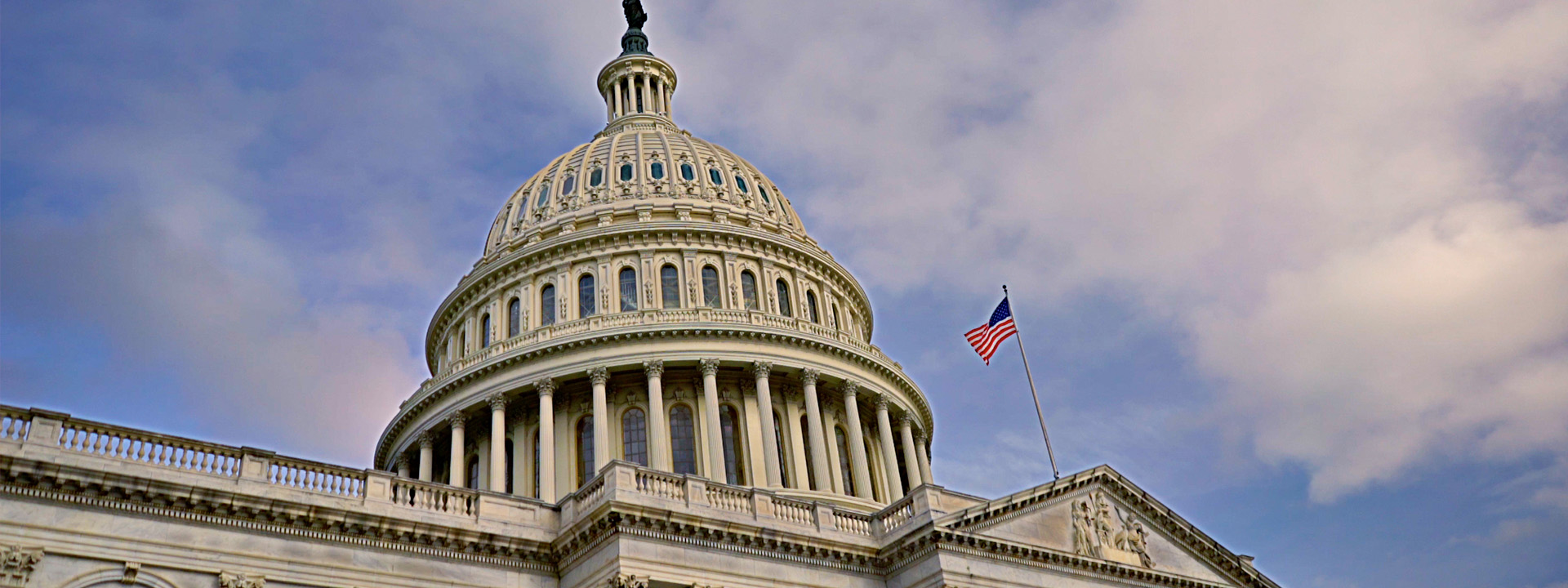As part of its commitment to advance nationwide interoperability, Surescripts, through its subsidiary Surescripts Health Information Network LLC, has submitted its application to become a Qualified Health Information Network (QHIN) under the Trusted Exchange Framework and Common Agreement (TEFCA) as part of its commitment to advance nationwide interoperability.
At first glance, you might think you need to learn a new language to understand what this means.
And while the description is complex – and I'll spare you the other technical elements for now -- the intent behind it is quite the opposite.
In simpler terms: Surescripts Health Information Network LLC has applied to be part of an initiative that will ultimately help care providers to quickly and easily access information they need to provide safe, quality and lower cost care for their patients.
The Interoperability Evolution
Remember when you would leave your doctor’s office with a handwritten paper prescription, and then need to bring it to the local pharmacy to be filled? Hard to believe that was the norm just two decades ago. At the time Surescripts introduced electronic prescribing, I joined the company, and watched as this new technology was implemented nationwide.
Swapping out this piece of paper for an electronic transaction was a simple enough concept, but the impacts were profound. Electronic prescribing revolutionized how care providers and patients shared information – making prescribing safer, faster, and prescribers and pharmacists were connected like never before. Now, around 60,000 pharmacies are connected to the Surescripts network and more than 2.34 billion prescriptions were filled using this technology in 2022 alone.
Surescripts has continued to evolve and today, as my colleague Justin McMartin, who works in product management, recently said, “We [Surescripts] really are an interoperability company.... Exchanging health information is everything we do.”
The Right Time for Surescripts
And Justin is right. Surescripts has a couple decades of experience under our belt and with participants in the Network Alliance alongside us, we’re delivering nationwide interoperability at scale, supporting more than 21.7 billion exchanges of patient-specific benefit and health information last year. This is made possible due to the Surescripts Master Patient Index, making health information accessible to more than 2 million care providers and reaching virtually every American patient.
Justin is part of the team guiding us through the process of becoming a QHIN and shared more about how Surescripts is uniquely equipped to advance healthcare interoperability nationwide in an interview with Healthcare It Today.
More importantly, the Surescripts network was built and runs on the highest standards for access, security and performance. We’re not just advancing interoperable solutions, we’re applying and promoting the HL7 Fast Healthcare Interoperability Resources (FHIR) and National Council for Prescription Drug Programs (NCPDP) standards for data sharing along with the Carequality framework.
To that end, Surescripts technology solutions are leveraging these leading industry standards and remain committed to advancing industry-wide adoption of them to achieve the interoperability goals of the 21st Century Cures Act.
The Right Information
Healthcare interoperability can mean something different depending on the organization.
But for Surescripts, it’s a single point of connection to health systems, pharmacies and payers across the United States and access to the right patient intelligence at the right time.
Surescripts interoperability means connecting 250,000 clinicians across all 50 states and Washington, D.C., to access 100 million clinical documents each month, delivering the information they need to care for their patients in the most meaningful way possible.
More specifically, it’s connecting more than 800,000 clinicians to patient-specific medication cost information, and an opportunity to prescribe a medication that is more affordable for patients, saving an average of $61 per prescription. A more affordable prescription is one that patients are more likely to pick up from the pharmacy and take.
Simplifying Health Intelligence Sharing
When clinicians have the right patient information at their fingertips, at the right time, that’s health intelligence sharing. Simplifying how clinicians access this information means safer, better informed, and less costly care. This means stronger, trusted relationships between patients and care providers.
That’s all the information we need to know. It’s the right time for Surescripts to continue advancing interoperability nationwide.
Learn more about simplifying the path to nationwide interoperability.


 Dean Riggott Photography
Surescripts
Dean Riggott Photography
Surescripts




